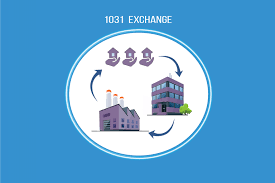Exploring the Lower-Known Types of 1031 Swaps: Opposite and Improvement Swaps
A 1031 Exchange is the best way to defer capital results fees about the purchase of an expense home. But there are many guidelines you have to know to complete the swap. In this article, we’ll provide you with a collision course on 1031 Exchanges to be able to make best use of this taxes-deferment method.
What exactly is a 1031 Exchange?
A 1031 Exchange Timelines and Rules is a purchase by which a trader provides a great investment property and reinvests the profits in the selling in to a new residence. This enables the trader to defer paying funds benefits taxes in the transaction from the authentic property.
To the swap to be good, the next guidelines should be satisfied:
The attributes needs to be presented for expense or utilization in a company. House held for personal use, such as a main property, does not meet the criteria.
The components needs to be traded for other investment or enterprise qualities of like kind. Consequently the components must be comparable in nature, figure, and purpose.
The taxpayer must recognize possible replacing attributes within 45 times of marketing the initial home. The taxpayer has up to 180 times from your day of transaction to finish purchasing the alternative property.
The tax payer must get and acquire title for the substitute residence.
All profits from the sale in the authentic residence should be used to acquire the alternative residence. The tax payer cannot pocket any one of the cash in the transaction.
The taxpayer must complete the swap within 1 year from the time of purchase of the authentic house.
If most of these policies are achieved, then this taxpayer can defer paying funds gains fees on the sale of the purchase home. This is often a great way to reinvest inside your profile without going for a hit on your own fees.
Verdict:
A 1031 Exchange could be a terrific way to defer funds profits taxation when marketing an investment property. But a number of regulations should be adopted for so that it is reasonable. By knowing these policies and following them tightly, you may make use of this income tax-deferment method to grow your stock portfolio without having a hit on the taxation.

